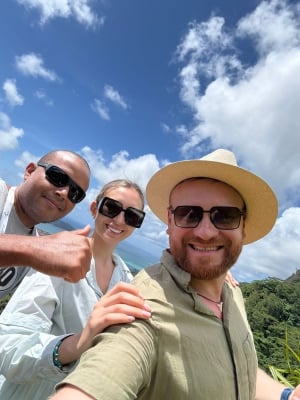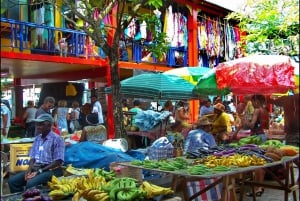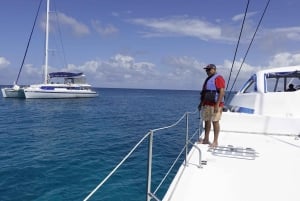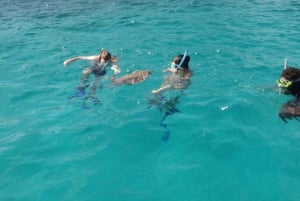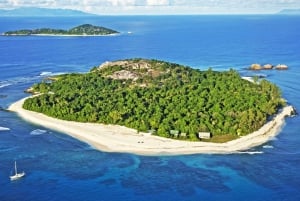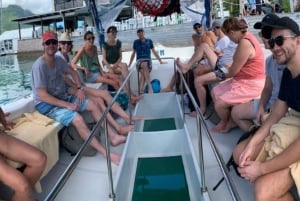History
Earliest Records
No one knows when Seychelles were first discovered as it is suggested that the Malays were visitors to the shores as early as 200 BC, whilst they were also inhabiting Madagascar, but with no official records it is difficult to prove.
Therefore it is usually the Arabs who are thought to be the first visitors to these shores and there exists an ancient Arabic manuscript from AD 851 which alludes to the Maldives and the higher islands beyond them, thought to be Seychelles. The Arabs were known to trade the famous coco de mer nuts, found only in Seychelles, long before Europeans had arrived on the islands.
The Arabs indeed spent time on the islands, however brief, and along with the old Arabic graves found on Silhouette there was also the naming in Arabic of the island of Aldabra and Seychelles which (for a certain time) was known as Zarin which is Sisters.
European Discovery
In 1502, Vasco de Gama, the Portuguese Admiral passed by a few of the Seychelles' islands on his way from India to East Africa, and named them after himself; Amirantes (Admiral) but didn't land upon them. The islands however started to feature on Portuguese maps as the Seven Sisters or Seven Brothers.
In 1609, a lost trading fleet comprising of two ships from the English East India Company, anchored on high-land and found an inhabitated island with plenty of fresh water, fish, coconuts and sea and land animals. They reported their landing once they arrived home but the British didn't return to the islands for many years.
The next visitors to the shores of Seychelles were the Pirates; from the far-reaching countries of the Caribeans, Americas, France and England, all perfectly situated to intercept the boats on the trade routes from India to Africa. Finally, the French and English sent warships to hunt them down to clear a safe passage for the traders but not before the pirates were rumoured to leave many hidden treasures on the different islands.
Years later a Mauritian admininstrator, Bertrand-Francois Mahé de La Bourdonnais, was appointed in Mauritius to secure safe passage for the French East India Company through the seas to India. In 1742 he decided to send out an expedition under Lazare Picault to chart the islands futher northeast of Madagascar to find a quicker passage through the seas.
The two ships landed at Anse Boileau and the island named Ile d'Abondonce, renamed Mahé in 1744 when the expedition returned a second time to remap the islands.
French Colonisation
The islands were left largely untouched for over ten years when the war broke out between England and France prompting the French to send two ships to officially claim the islands of Seychelles in November 1756. Corneille Nicholas Morphey commanded the ships, took possession of the islands in the name of the French king and the French East Indies Company and renamed the largest island, today known as Mahé, as Isle de Séchelles after the Viscount Jean Moreau de Séchelles. (This later became the name of the group of islands and the largest island became once more Mahé).
A permanent settlement of Seychelles only happened once the islands became interesting to the French as an area to cultivate spices and as once more the optimal resting point on the spice run. This occupation took place in 1770 by the French when 15 white colonists, seven slaves, five Indians and one negress came to live on St Anne, funded by Breyer du Barré.
These initial settlers eventually either moved to the mainland of Mahé or left to return home but the seed was planted and the Seychelles began to flourish.
The commandment of Seychelles changed a few times and colony rules were established and put into place. Life continued peacefully until finally the British, who had been circling the islands for a while with little interest, finally changed course and decided in 1794 to send three ships to take the islands.
The capitulation was quick and although the French surrended, the British didn't take the islands as they were considered a waste of resources. It was only with the surrender of the Réunion and then Mauritius in 1810 that the British rule came fully into effect in Seychelles.


